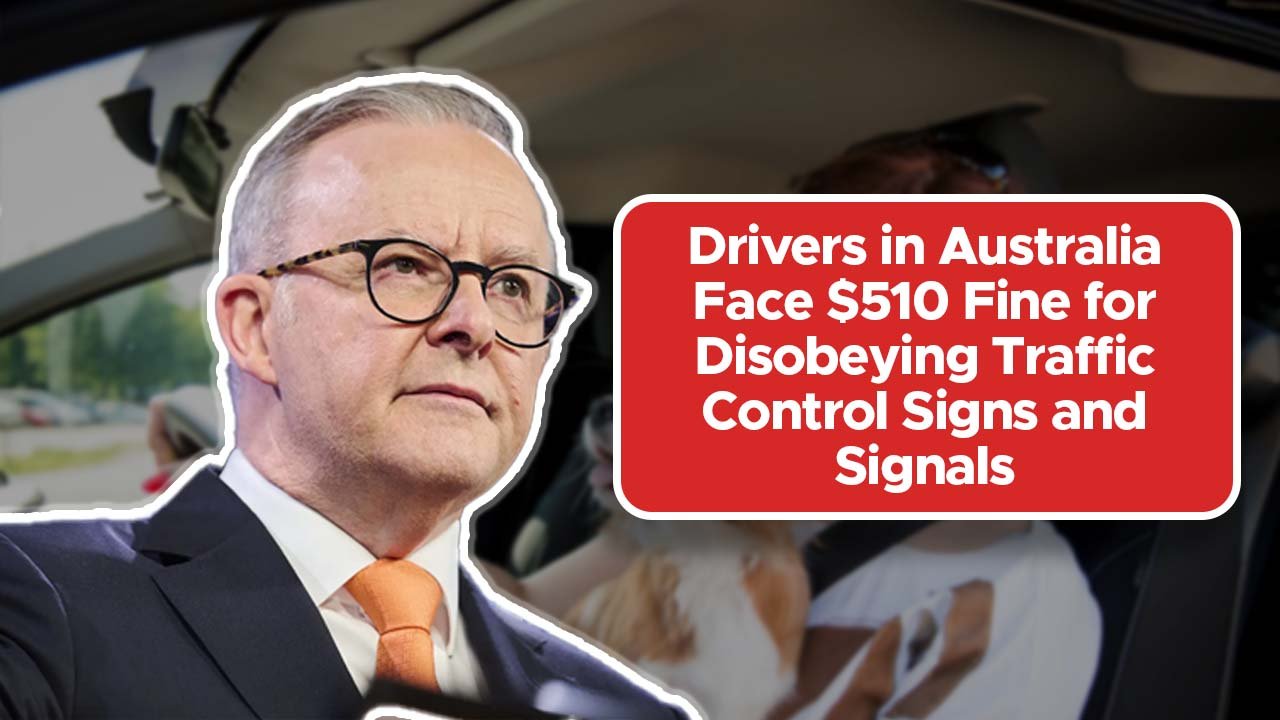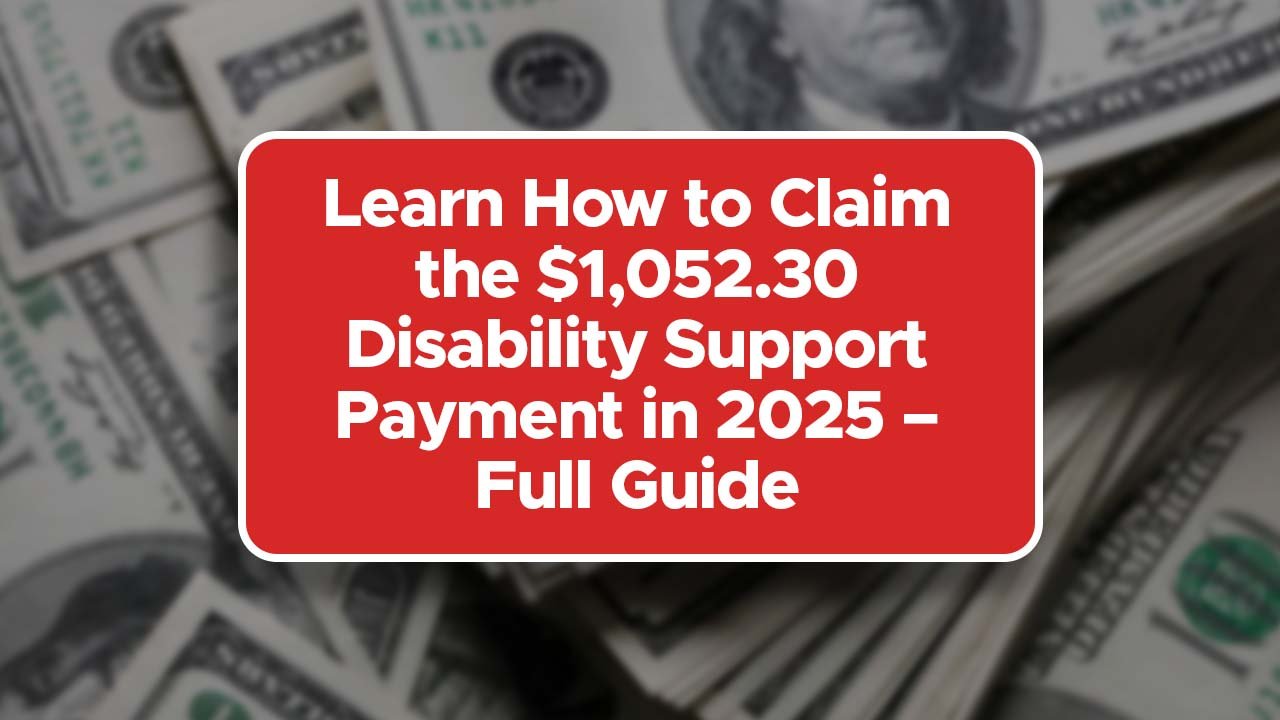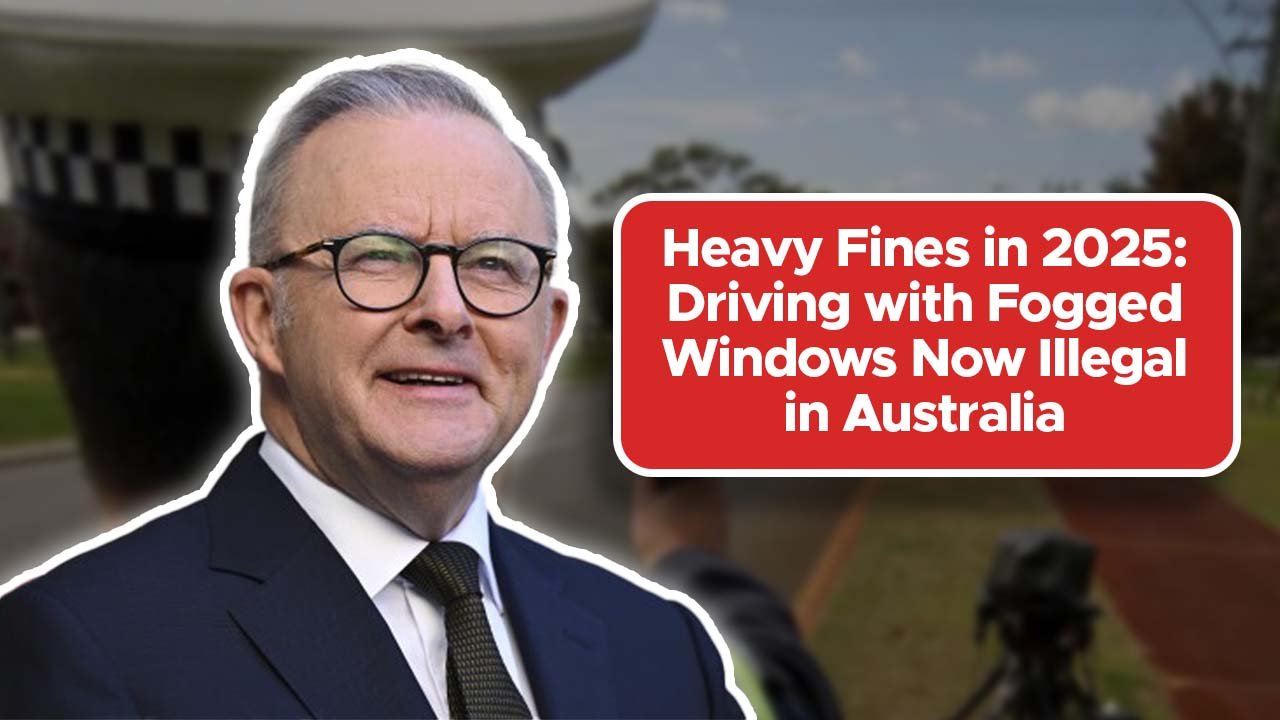Australian motorists must remember to keep alert and observe all road signs as traffic authorities enforce the higher penalties for the disobedience of signs. Starting in 2025, drivers who do not obey traffic control signs and signals will incur fines of $510 and demerits in a number of states. These initiatives aim to improve road discipline and reduce road accidents, particularly in reckless or inattentive driving situations at intersections and pedestrian crossings. Traffic control signs and signals exist to maintain road order. Even violations that seem accidental will incur potentially severe financial and legal consequences.
Traffic control signs articulate and communicate the rules of the road quickly and clearly, especially in high-risk situations. Non-compliance with the traffic control signs will lead to road crashes, injuries to pedestrians, or traffic jams and, according to the latest national road rules, traffic control violation fines. The proliferation of automated cameras at intersections and control signal points means that more drivers are being caught for offenses such as ignoring Stop, Give Way, or No Entry signs and rules. Traffic control violation fines not only lead to reckless road behavior, but also cause road crashes that may lead to costly damages and severe criminal consequences.
Driving instructors and safety experts highlight that the importance of obeying traffic signs goes beyond legal compliance. It is a matter of preserving life. The risk of a crash is not worth the few seconds saved when a driver runs a red light or ignores a directional sign.
Penalties and Legal Implications
Traffic offences under Australian road regulations are graded in a hierarchy. An offender will incur a monetary fine and receive additional demerit points for failing to control a signal such as driving through a red light. The accumulation of excessive demerit points will lead to the suspension or disqualification of a driver’s licence. Fines and the possibility of a court appearance will increase for repeat offences and the situation will dictate the severity of the penalty.
A fine of $510 is issued as a general penalty for infractions under state legislation. Fine amounts are somewhat adjusted in certain territories. The aim of the fine remains the same: to promote responsible driving and counter reckless driving behaviour in every state of Australia.
Road Safety Authorities’ Perspective
Road safety officials in Australia explain that heavy-handed tactics like the $510 fine serve the purpose of protecting lives, not just increasing profits. For that, the enforcement of the fine serves a purpose. Transport department statistics demonstrate that a large proportion of crashes at intersections are the result of drivers not yielding the right of way or running a stop light. Authorities maintain that respect of the signage and signaling systems promotes orderly and predictable traffic movement, minimizes disputes between drivers, and safeguards pedestrians.
Smart traffic systems that automatically detect and respond to red-light violations are now standard practice in many metropolitan councils. With the reduction of officer discretion on the enforcement of the fine, these systems make sure that enforcement is consistent and predictable and, to a large extent, minimizes human error on the collection and enforcement of the fine. Public campaigns to inform motorists on the social and the economic burden of road traffic violations have been, and continue to be, a staple of road safety efforts in Australia.
Staying Compliant While Driving
All motorists should regularly review the Australian Road Rules to keep their fine free records intact. Being especially careful at intersections, observing marked lines, and listening to directions from roadside authorities help avoid unlawful behavior. A driver’s attention should not be solely focused on a phone or GPS while navigating, as road signs provide valuable information. Safe driving is not a legal obligation alone; drivers help maintain a safe environment on the road, morally, and as a part of a community, while driving in Australia.
Quick Data Reference
| Offence Type | Fine Amount | Demerit Points | Enforcement Method |
|---|---|---|---|
| Disobeying traffic control signs | $510 | 3–4 points | Cameras & Police patrols |
FAQs
Q1. Is it true the $510 fine varies by state?
Yes, the $510 fine may be $10 or $20 more or less, but on average, national enforcement is $510 no matter the state or territory.
Q2. Is a fine issued from a camera not an official fine?
Of course, automated red-light and speed cameras issue civil fines, which are the same as the fines issued by police.
Q3. Can I appeal a fine because I thought the sign was vague?
Yes, a driver may appeal a fine in cases where an obstructed or vague sign clearly is the only evidence.











